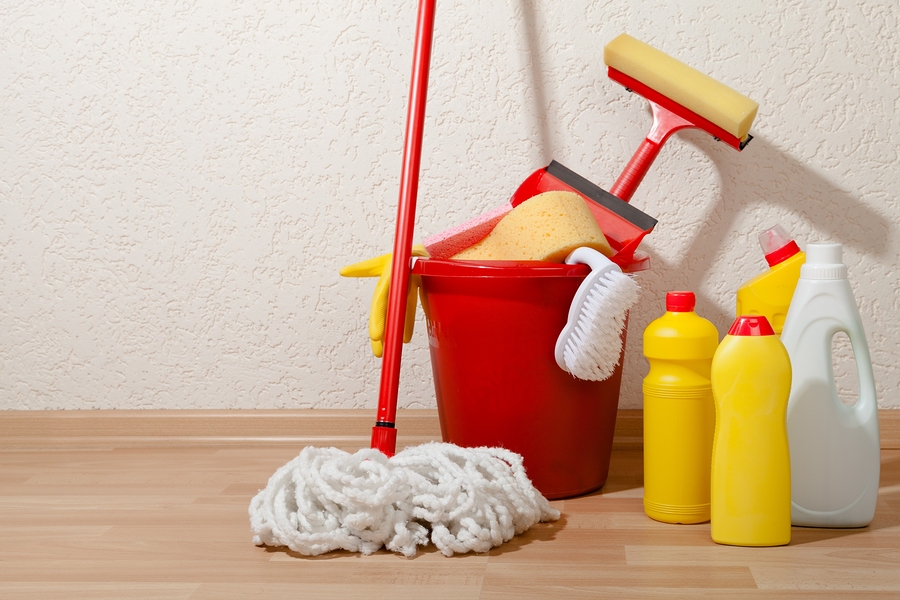Flat-Rate > Hourly
I saw this in a cleaning group I am in.

Someone couldn’t fathom paying a house cleaner $30 an hour. And honestly, (don’t stone me) I agree, house cleaning isn’t brain surgery after all. We all know how to push a vacuum cleaner around our house and its different than an electrician or computer repair where you have to have a certain level of knowledge to accomplish the task at hand. That’s not to say it isn’t an appreciated service, however because most people can do it if they are pushed to, they don’t often understand why it should cost what it costs.
So how do we get away with charging $30 an hour then?
The answer is we don’t.
Often your hourly rate is going to garner push back. The client will think well, I am paying you $30 an hour to clean a toilet… I could find someone who would do that for $12 an hour. When you present an hourly rate, clients start doing mental calculations about what they are paying for and your value.
That’s why we use flat-rate pricing. With flat-rate pricing you no longer have to justify your hourly rate and what you’ll be doing during those hours. With flat-rate pricing you can sell them a service and an end result.
The end result shouldn’t be the obvious either. For example, it shouldn’t be- you pay me $200 and I get a clean house (I mean of course they should get a clean house) but what you should sell is giving them the opportunity to relax or have a happy home… the benefit, not just the service. By buying the benefit and not just the service, you can price yourself accordingly because they are no longer paying you to clean their toilets, they are now paying you so they can relax and that seems much more valuable.
What if I get flat-rate pricing wrong?

This is a question we are always asked.
There are a few options:
- Price yourself high enough to give enough cushion on the off chance one house doesn’t give you as much a profit margin as you require.
- Adjust your price if you get to the house and its more extensive than your flat rate covers.
- Set boundaries and let your clients know what’s included in your flat rate and what the duration for the job should typically be.
Thinking about ditching hourly rates and going flat-rate? Using flat-rate already? Tell us your strategies!

